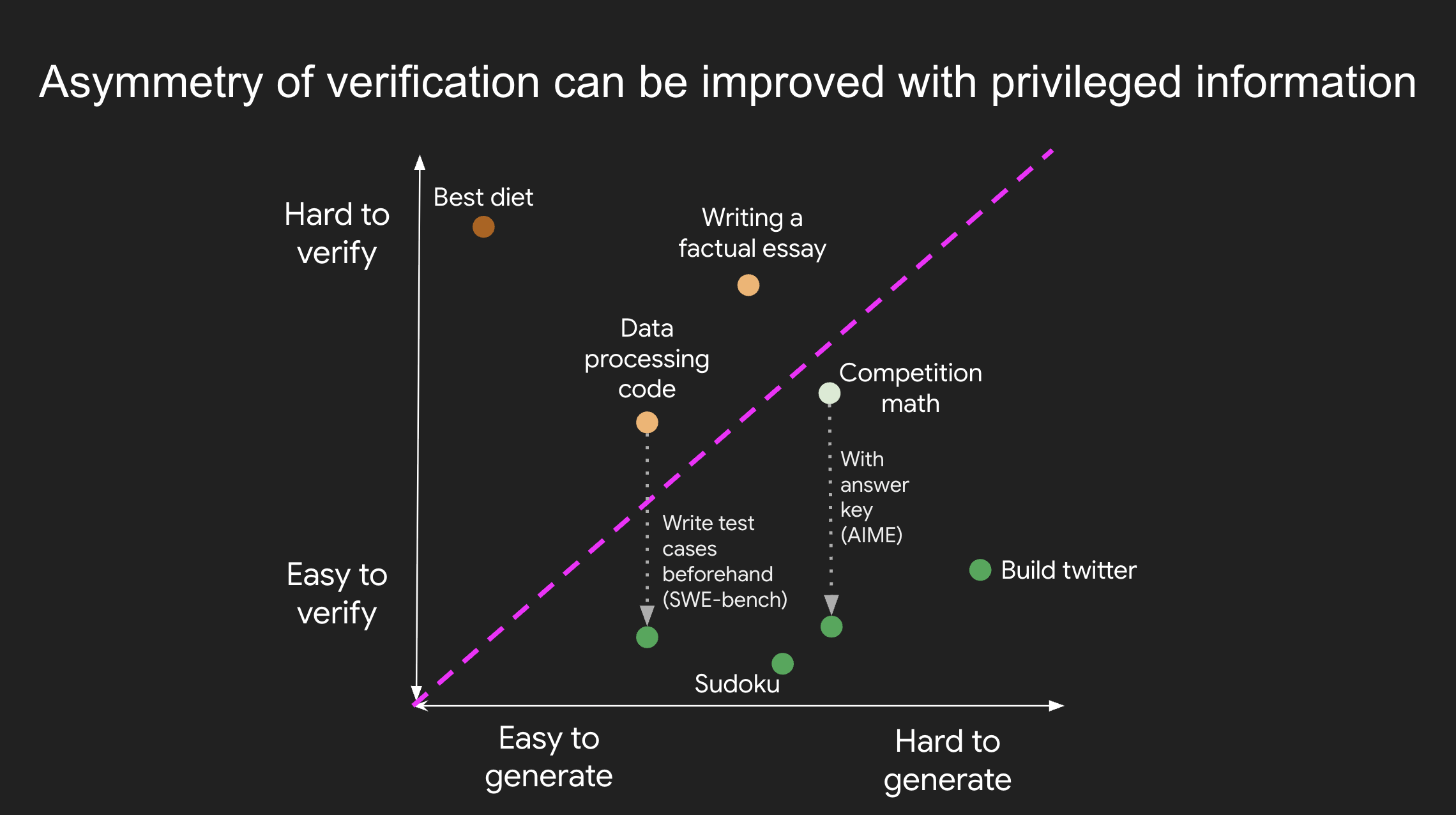When it comes to Contract Summaries, there are two types-
Typically, all organizations have developed some sort of template or checklist that the summaries follow. Usually, it contains a combination of important legal and commercial considerations. And its usually 1-2 pages (so that busy executives can approve the contract on its basis). Using Generative AI to assist in population of such a summary template is a very powerful usecase. We will look briefly at how this is done, later in the article.
Before we delve into the details of how to develop these customized contract summaries, lets discuss what a summary is.
When it comes to generating summaries using generative AI models, there are two main approaches: abstractive and extractive.
Abstractive summarization involves generating a summary that uses natural language to express the essence of the original text. This approach involves analyzing the text and generating a summary that captures the main ideas and themes of the original text, while also using new words and phrasing to create a more readable and engaging summary. Abstractive summarization is more challenging than extractive summarization because it requires the AI model to understand the meaning of the text and to be able to generate new language that accurately reflects that meaning.
Extractive summarization, on the other hand, involves generating a summary that uses exact words and phrases from the original text. This approach involves identifying the most important sentences or phrases in the original text and using them to create a condensed summary. Extractive summarization is easier to implement than abstractive summarization because it does not require the AI model to generate new language. However, extractive summarization may not capture the full meaning of the text and may result in a summary that is less engaging and readable than an abstractive summary.
Typically, most people have their specific view of how a summary should look like. To that end, we work with our customers and create 'custom summaries' with AI. The process for that roughly looks like this -
First, you'll need a (largely) fixed template or checklist that you're looking to populate for new contract documents. Then you'll need to understand all the elements in the summary in detail (by reading through the relevant portion of the contract and with the help of an expert). Its important to understand the nuances of language which represent specific concepts / terms in the summary document. Write specific questions (as you'd ask your legal assistant) around those specific topics. Convert those into prompts you will use with an LLM. However, how does the LLM know where to search for the specific answer (trying to scan through the entire document each time for a specific question is not a very efficient algorithm). Hence, its better to use mathematical representations of the text (also known as 'vector embeddings'). This step allows your specific questions / terms and concepts to be searched efficiently across the document. LLM then picks up the relevant text (typically ranked highest in similarity to the concept being asked for) and answers with a precise sentence. Finally, you need some plumbing to assemble the answer sentences in a particular format to give you an output which you are used to reading.
Reach out to us at hello@contractken to discuss how you can leverage Generative AI to create custom summaries for your contracts.
Amplify your expertise in contracts, through AI
ContractKen Word Add-in is used by 1000s of lawyers every day to review & mark-up third party drafts, handle redlined drafts with ease and create new drafts using their own precedents.
All this and much more with an industry leading 'Moderation Layer' built in to preserve the privacy and confidentiality of contract data.
More Like This

Asymmetry of verification in Legal AI
Legal AI shines when it verifies faster than lawyers can, not when it simply drafts. By turning playbooks into code, adding lint checks, dual “critic” agents, and CI‑style evals like VLAIR, ContractKen not only adds efficiency but amplifies your contract drafting capabilities.
Read More
A deep dive into contract summaries
Most comprehensive write-up on Contract Summaries - what are these, how to create them, how to use AI to generate different types of contract summaries and what are the key benefits and considerations in using contract summaries .
Read More
What is an AI Copilot?
What is an AI Copilot and why it is the right paradigm to infuse AI into knowledge work, especially legal contract drafting. Discuss development and adoption of Copilots in all knowledge work areas like coding, analytics, contract review and drafting, copywriting, etc.
Read More![Validate my RSS feed [Valid RSS]](valid-rss-rogers.png)